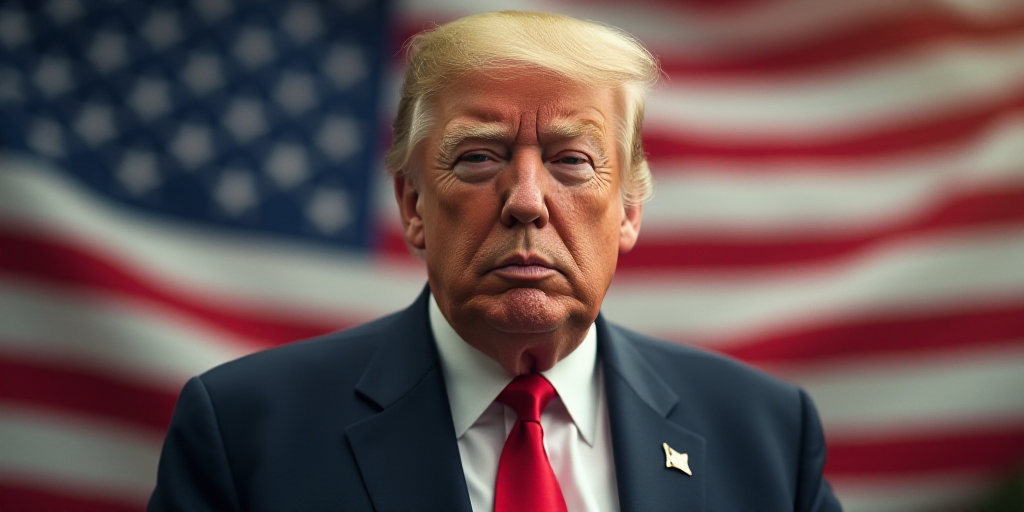Background on the Tax Bill and Its Key Provisions
President Donald Trump’s tax cut proposal, which had been stalled due to internal Republican disagreements over spending cuts, received approval from a crucial congressional committee on Sunday. This victory marks a rare win for Trump and House Speaker Mike Johnson.
Committee Approval and Ongoing Debate
During an unusual Sunday night session, four hardline conservative Republicans in the House Budget Committee, who had previously blocked the legislation on Friday, allowed the bill to progress while pushing for deeper spending cuts in private discussions with Republican leaders and White House representatives.
Representative Chip Roy, one of the four hardliners, stated to the press after the bill’s approval: “We made progress over the weekend, but not enough.” The tax bill is expected to face a vote in the House of Representatives this week.
Fiscal Impact and Controversial Provisions
Nonpartisan analysts predict that the bill will add between $3 to $5 trillion to the national debt of $21.2 trillion over the next decade. Moody’s cited the growing debt, projected to reach 134% of GDP by 2035, as a reason for downgrading the U.S.’s credit rating.
The ambitious tax cut and spending adjustment bill, known as “One Big Beautiful Bill,” seeks to:
- Extend Trump’s 2017 tax cuts
- Reduce taxes on tips and overtime pay, both campaign promises
- Increase defense spending
- Provide more funds for border and immigration enforcement
- Introduce a 5% tax on remittances sent abroad
Hardline supporters aim for greater Medicaid cuts for low-income Americans and the complete repeal of Democratic environmental tax credits.
Next Steps and Potential Impact
The committee’s approval sends the bill to the House, where amendments may be proposed to alter the legislation before a full vote for approval. Speaker Johnson is pushing for a full House vote before the Memorial Day holiday on May 26.
Representative Ralph Norman, another hardliner, reported that Republican leaders were negotiating changes to the proposed Medicaid work requirements. However, he also wanted a more substantial reduction in federal medical support for healthy beneficiaries.
The Republican majority in the House (220-213) is divided over the depth of spending cuts needed to offset the tax cut costs. Moderate House Republicans and some Senate Republicans have opposed significant Medicaid and nutritional assistance cuts, arguing that these changes would harm Trump’s voter base and jeopardize their support in the 2026 midterms when congressional control will be up for grabs.
Key Questions and Answers
- What is the main focus of Trump’s tax bill? The bill aims to extend existing tax cuts, reduce taxes on tips and overtime pay, increase defense spending, and provide more funds for border and immigration enforcement. It also seeks to introduce a 5% tax on remittances sent abroad.
- What are the concerns regarding the bill’s fiscal impact? Nonpartisan analysts predict that the bill will add between $3 to $5 trillion to the national debt over the next decade, which has led Moody’s to downgrade the U.S.’s credit rating.
- What are the key disagreements among Republicans regarding the bill? There is division within the Republican party over the depth of spending cuts needed to offset the tax cut costs. Moderate Republicans oppose significant Medicaid and nutritional assistance cuts, fearing it would harm Trump’s voter base.
- What is the next step for the tax bill? The bill has been approved by a key congressional committee and is expected to face a vote in the House of Representatives this week. Speaker Johnson aims for a full House vote before Memorial Day on May 26.






